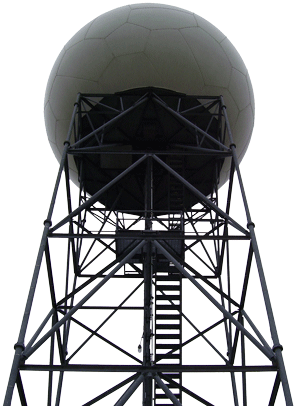|
Frequently Requested Resources |
Hazardous Weather Strategy Guides |
Hazards in Every Season
|
Alerting Systems
|
|||
|
Build a kit. Your emergency supply kit should have everything you need to sustain you and your family for 3-5 days. Make a plan. Knowing what to do in the event of an emergency is key. Make sure everyone in your family knows what to do. Be Aware. Learn about the hazards that can affect your community, and learn how to get information about current weather and road conditions.
Dig deeper at beready.iowa.gov or ready.illinois.gov |
|
Especially for Emergency Managers
Operations: Preparedness:
Training:
Other: |
 |